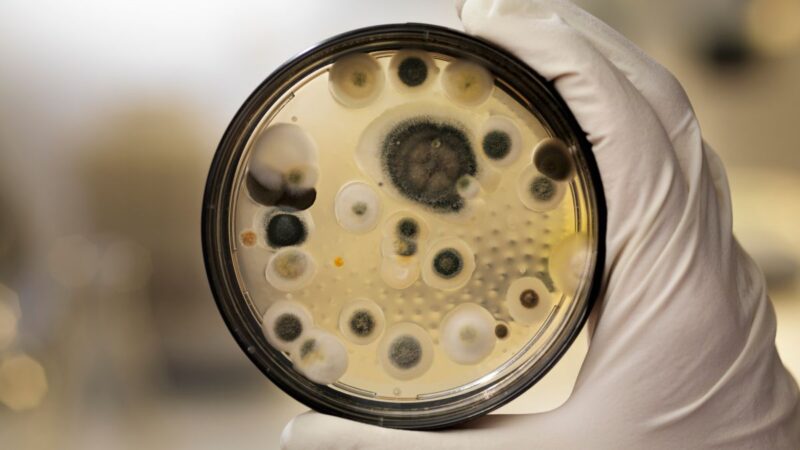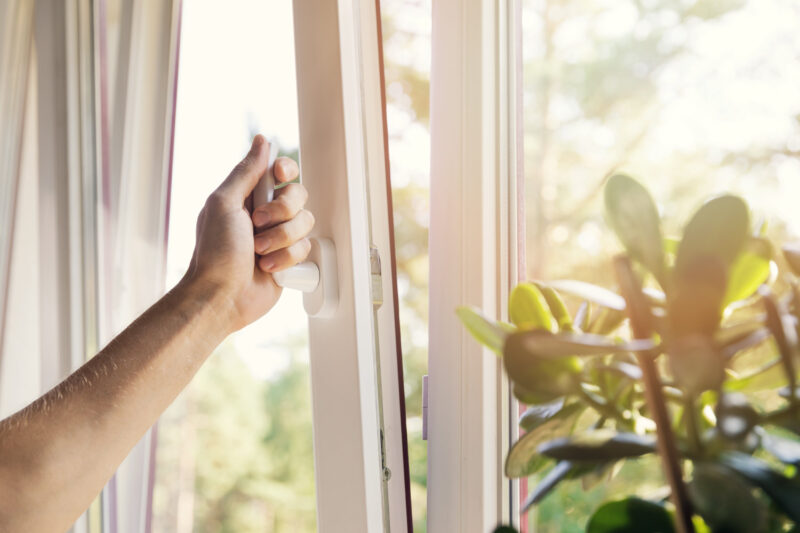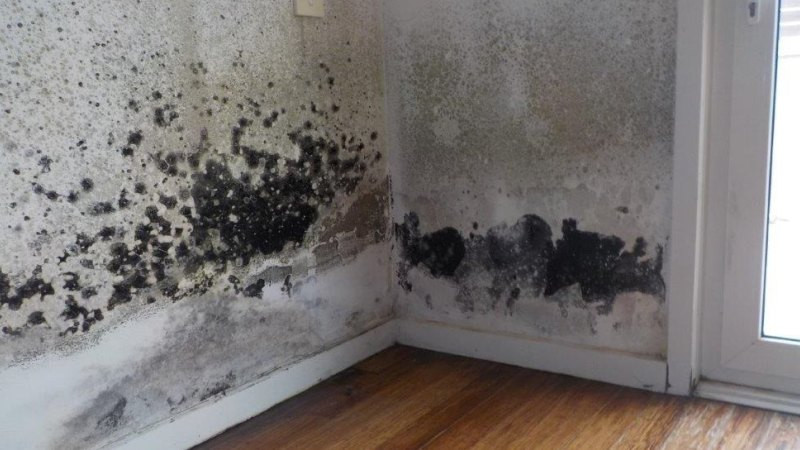Understanding black mold test results can feel like deciphering a complex code. As a homeowner, encountering mold within your living space can trigger a wave of concern.
What do those numbers really mean? Are they cause for alarm, or simply a routine finding? In this article, we’ll break down the jargon and present your test results in a clearer light. We’ll explore the types of molds identified, the implications of varying spore levels, and the steps to take depending on what you discover.
Whether you’re a seasoned homeowner or a first-time buyer, grasping the nuances of your black mold test results is crucial for a healthy home environment. Let’s unravel the mystery together.
Types of Black Mold Tests

When it comes to black mold testing, several methods are available, each with its unique approach and implications. The most common types include air sampling tests, which capture airborne spores in your home, providing a snapshot of potential contamination.
Surface testing, on the other hand, targets visible mold or suspicious stains, often utilizing swabs or tape lifts to gather samples for laboratory analysis. Additionally, bulk sampling can be employed when larger materials are involved, allowing testers to assess the impact of mold on structural elements.
Home test kits, readily available online or in stores, offer a more hands-on option, enabling homeowners to collect samples themselves. However, it’s crucial to interpret these test results within the broader context of your living environment, as factors like humidity levels, ventilation, and surrounding ecosystems all play significant roles in mold proliferation and its potential health risks.
Interpreting Test Results

Interpreting test results for black mold can be a nuanced process, filled with scientific jargon and numbers that could easily overwhelm the uninitiated. First, it’s essential to understand that mold test results typically highlight spore concentrations — a measurement of how many mold spores exist in a given volume of air or surface sample.
If your test shows elevated levels, don’t panic; context matters greatly. Compare these levels against established thresholds, which vary depending on environmental factors like location and season.
Additionally, consider the type of mold detected; while some species are benign, others can pose significant health risks. A careful examination of the results, combined with professional advice, will illuminate the path forward for remediation, if necessary.
Ultimately, the key is to sift through the data methodically, piecing together the bigger picture of your indoor air quality and its potential impact on your health.
Prevention and Maintenance

Preventing black mold growth in your home requires a proactive approach and diligent maintenance practices. Start by controlling humidity levels; aim to keep indoor humidity below 50% by using dehumidifiers and regularly venting areas prone to moisture, like bathrooms and kitchens.
Inspect your property routinely for leaks or water damage—attend to any issues immediately, whether it’s a dripping faucet or a leaky roof. Don’t overlook the importance of adequate ventilation; allow fresh air to circulate, especially in damp areas.
Regularly clean and maintain your gutters to prevent water accumulation, and consider using mold-resistant products when undertaking renovations. Finally, develop a habit of checking your home’s air quality, as an early detection system can help you stay ahead of potential mold problems.
This holistic strategy not only shields your living space from the insidious threat of black mold but also contributes to a healthier home environment overall.
Conclusion
In conclusion, understanding your black mold test results is crucial for ensuring a safe living environment. By familiarizing yourself with the various types of mold spores, their concentration levels, and the context of the testing method used, you can make informed decisions about remediation and preventative measures.
Remember, while Black Mold Testing can provide essential insights, it’s always advisable to consult with a qualified professional for a comprehensive assessment and to address any health concerns that may arise. Protecting your home and health starts with knowledge, so take the time to interpret your results effectively.


